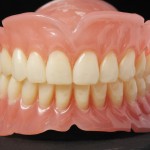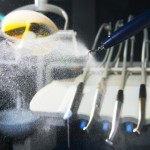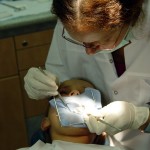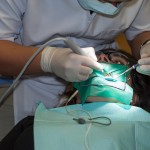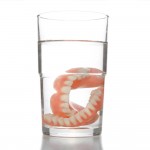
This review of the comparative efficacy of interventions used for the treatment of denture stomatitis(DS) included 35 RCTs with 25 studies contributing to the meta-analyses. The findings suggest that topical antifungal agents produced the most effective clinical improvement and microwave disinfection and topical antifungals the best mycological resolution. Only one of the RCTs was at low risk of bias so the findings should be interpreted cautiously.
[read the full story...]